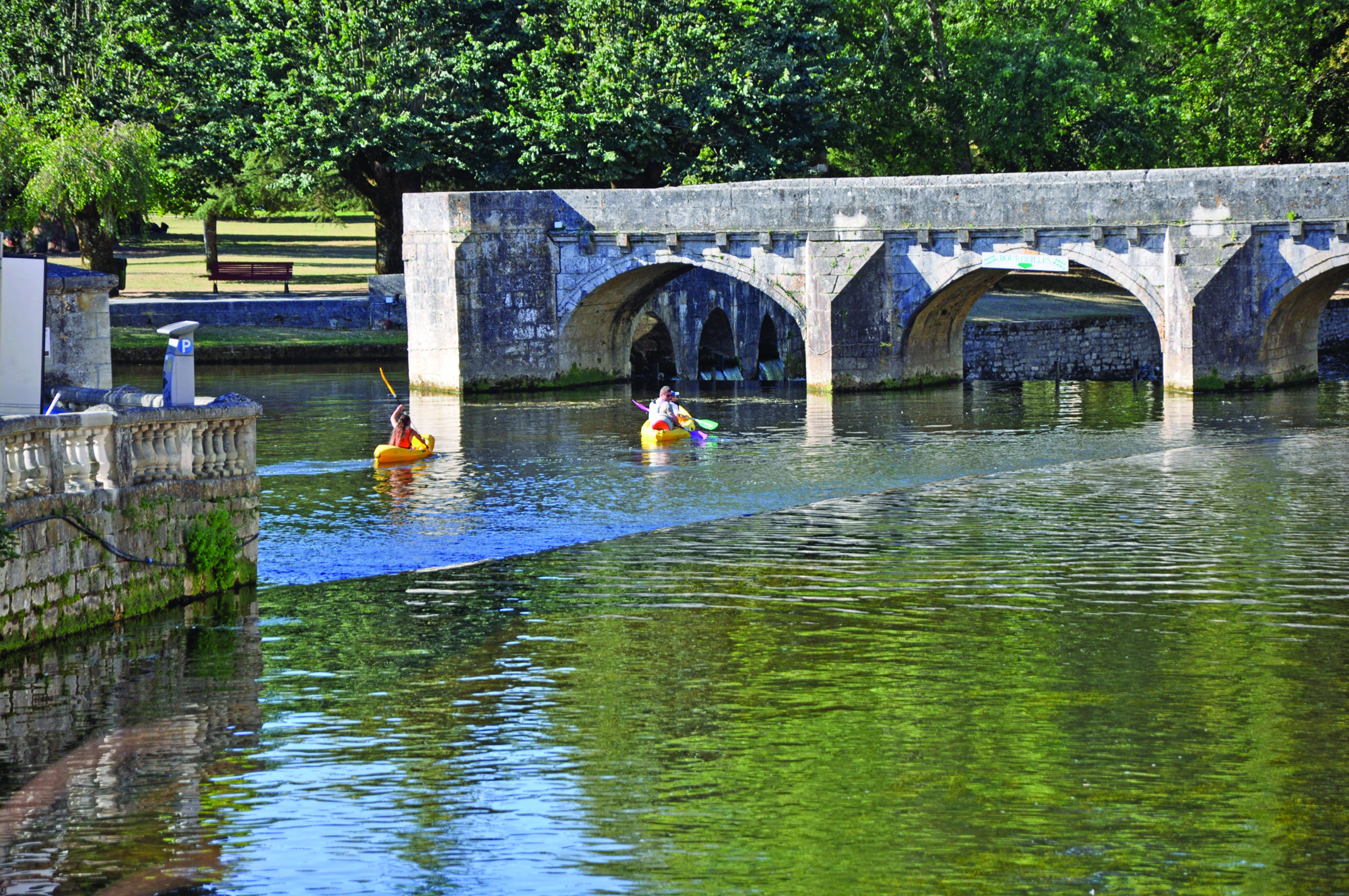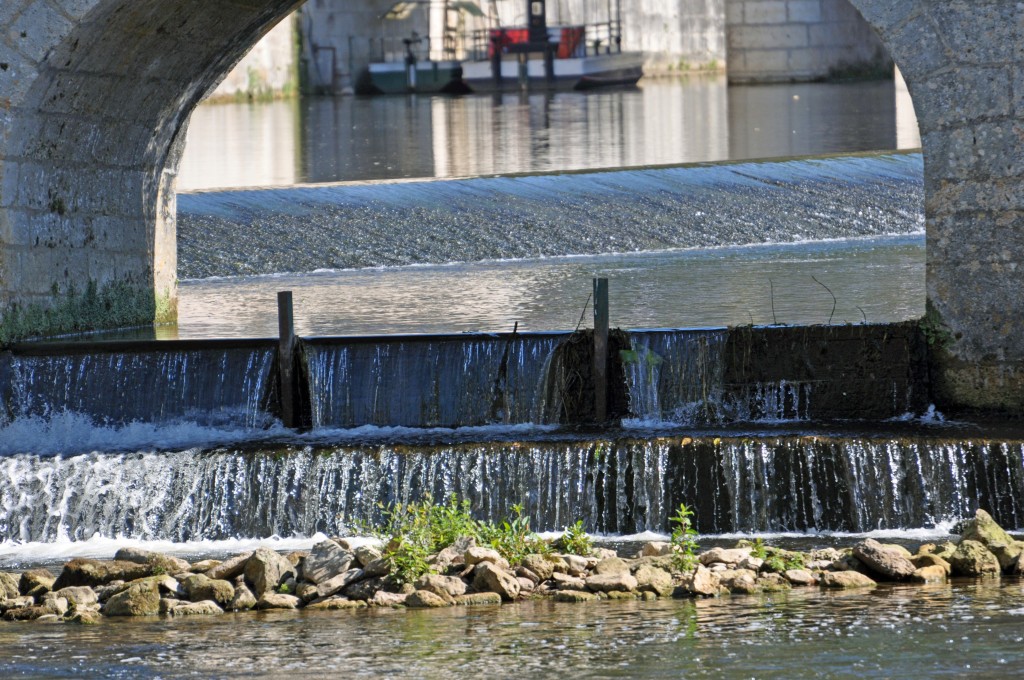Summer Trip to France Offers Unique Kayaking Experience
“This is the Gatlinburg of France,” my mother said as we idled through traffic in the village of
Brantome on our way to St. Jean de Cole, where we were renting a house.
Sure enough, a small river ran through it, tourists clogged the sidewalks and streets, and
shopkeepers hawked food, trinkets, t-shirts and crafts. Even the countryside—with its giant wheels of
hay, its corn, its ridges and valleys—reminded me of the foothills of East Tennessee.
My mother, who is 86, organized this trip for me, my brother and sister. We all had different “to
do” lists on the trip, and mine involved scouting French rivers for a future expedition.
I arrived one morning at Brantome Canoe, ready to book a trip from Verneuil to Bourdeilles, a
distance of 20 kilometers on the Dronne River.
“You are alone?” said the woman behind the counter in French. For the 20 kilometer trip, she
said, I’d have to go with a group. Since I was alone, I could have a boat for “une heure,” and paddle in a
circle around the island at the center of the village. She showed me on the cartoonish map—very
Gatlinburg-esque—and said I could “monter” [jump] the “barrage” [mill dam].
“Do not go left here.” She pointed at the map and waggled her finger at me. I could paddle
upriver to the campground but no farther, she said.
I paid eight Euros, put on a flimsy life jacket and set off in a yellow sit-on-top kayak for my big
adventure. I was a little nervous about being able to gracefully “monter” the dam, and I had
purposefully left my camera on dry land, having heard that the owner of the house we rented, an
American, had lost camera, binoculars and picnic lunch below one of these dams on one of his
expeditions.
The dam itself, as I had observed on land, was a slanted stone structure six or eight feet high
that allowed the water to flow over it. In the boat, my perspective rendered the dam invisible. Only a
low roar signaled its proximity.
I paddled hard toward the noise and launched myself onto the structure, anticipating a dramatic
plunge into the waters below. Instead, I hung there, on the brink, a half inch of water sliding across the
slimy stone surface. An old Frenchman paused on the bank to watch as I employed a sophisticated
technique for extricating myself: scooting back and forth and jabbing at the concrete with my plastic
rented paddle.
Soon I was free of the dam and floating toward an arched stone bridge, past open-shuttered
rooms, past restaurants with haughty waiters who expected efficient orders in French, no questions
asked.
Going upstream, away from the village, I might have been on the Little River in Blount County,
the banks low and dense with willow, sycamore and poplar. Then I saw something that made me realize
that I was far from Tennessee.
From the shadows of the right bank emerged a stone structure, a series of crumbling arches that
looked like part of an ancient aqueduct, thick vines interlacing it. The fact that there was a metal sign
that said, “Propertie Privee: Vipers and Viperes” did nothing to diminish the sense of history that the
ruins evoked.
The Romans had been here, as had the Visigoths and the Vikings, uninvited guests.
Charlemagne, King of the Franks, established an abbey here in 789. Later came the Black Plague, and
then the English, engaging the French in a war that would last 100 years.
“Une heure.” The canoe lady’s warning, echoing in my head, jettisoned me back to the present
and the world of commerce, appointments and rentals, obstacles to adventure and imaginative time
travel. I headed downstream past youngsters splashing each other with paddles and upending their
boats in the murky, ancient waters to return the plastic kayak that had transported me to another time.



